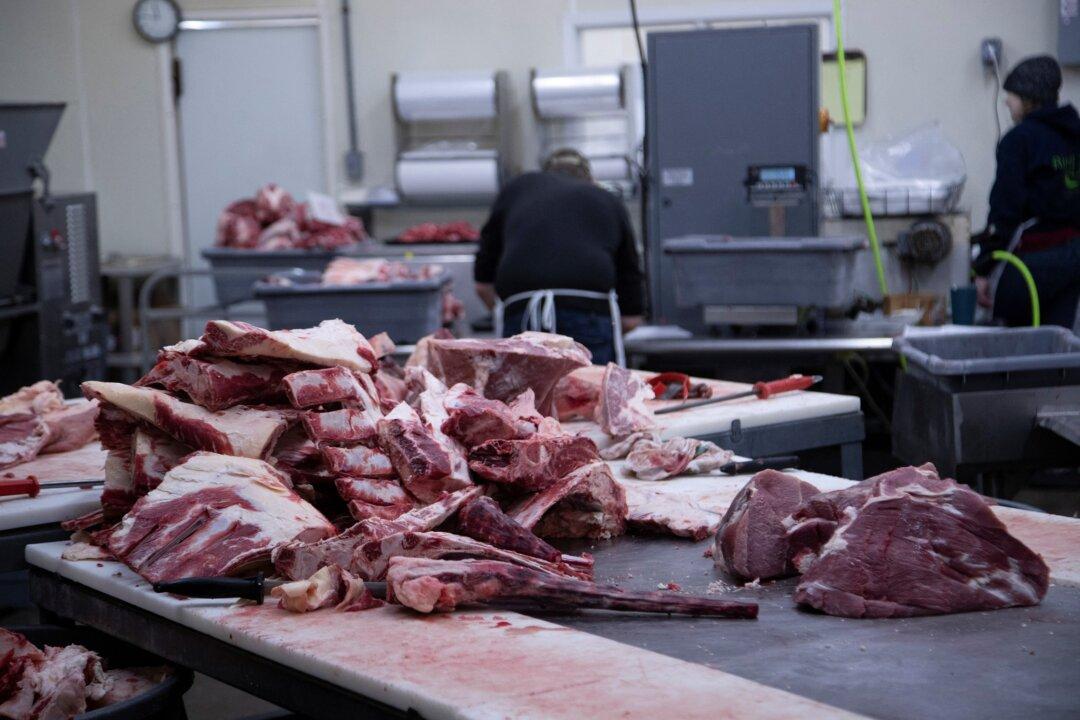WASHINGTON—A measure of U.S. services industry activity dropped to an 11-month low in January as a resurgence in COVID-19 infections hurt demand at high contact businesses and kept workers at home.
The Institute for Supply Management said on Thursday its non-manufacturing activity index fell to 59.9 last month, the lowest reading since February 2021, from 62.3 in December.
A reading above 50 indicates growth in the services sector, which accounts for more than two-thirds of U.S. economic activity. Economists polled by Reuters had forecast the index falling to 59.5.
The slowdown in services industry activity was the latest indication that the economy lost considerable momentum in January as coronavirus infections, driven by the Omicron variant, lashed the nation.
The ISM reported this week that its measure of national manufacturing activity dropped to a 14-month low in January. The ADP National Employment report on Wednesday showed private payrolls fell last month for the first time since December 2020.
The economy grew at a 6.9 percent annualized rate in the fourth quarter, helping to boost overall growth in 2021 to 5.7 percent, the strongest performance since 1984. Growth estimates for the first quarter are mostly below a 2.0 percent rate.
But the disruption to businesses is probably over, with a rebound in activity anticipated as the Omicron wave subsides.
The United States is reporting an average of 433,601 new COVID-19 infections a day, sharply down from the more than 700,000 in mid-January, according to a Reuters analysis of official data.
The ISM’s measure of new orders received by services businesses dropped to a reading of 61.7, also the lowest in 11 months, from 62.1 in December. Its services industry employment gauge fell to a seven-month low of 52.3 from 54.7 in December.
The decline, which likely reflects absenteeisms as well as worker shortages, suggests job growth slowed in January.
According to a Reuters survey of economists, the government is likely to report on Friday that nonfarm payrolls increased by 150,000 jobs last month after rising 199,000 in December. Estimates range from a drop of 400,000 to a gain of 385,000.
There were 10.9 million job openings at the end of December.
With services industry hiring slowing, the improvement in supply chains experienced in December partially stalled. While backlog orders increased at a slower pace, the survey’s measure of supplier deliveries rose to a reading of 65.7 from 63.9 in December. A reading above 50 percent indicates slower deliveries.
That meant services inflation remained high. The ISM’s measure of prices paid by services industries slipped to a still-high 82.3 reading from 83.9 in December.





